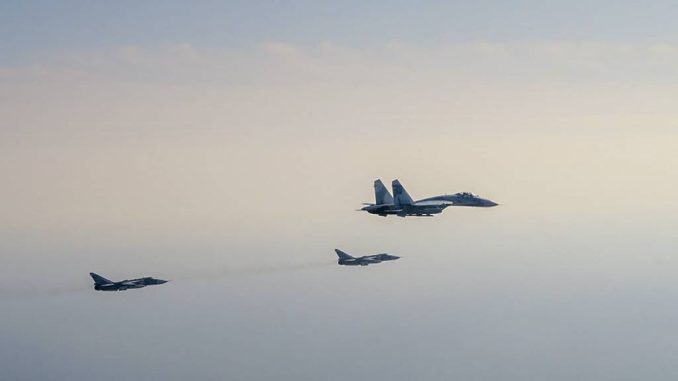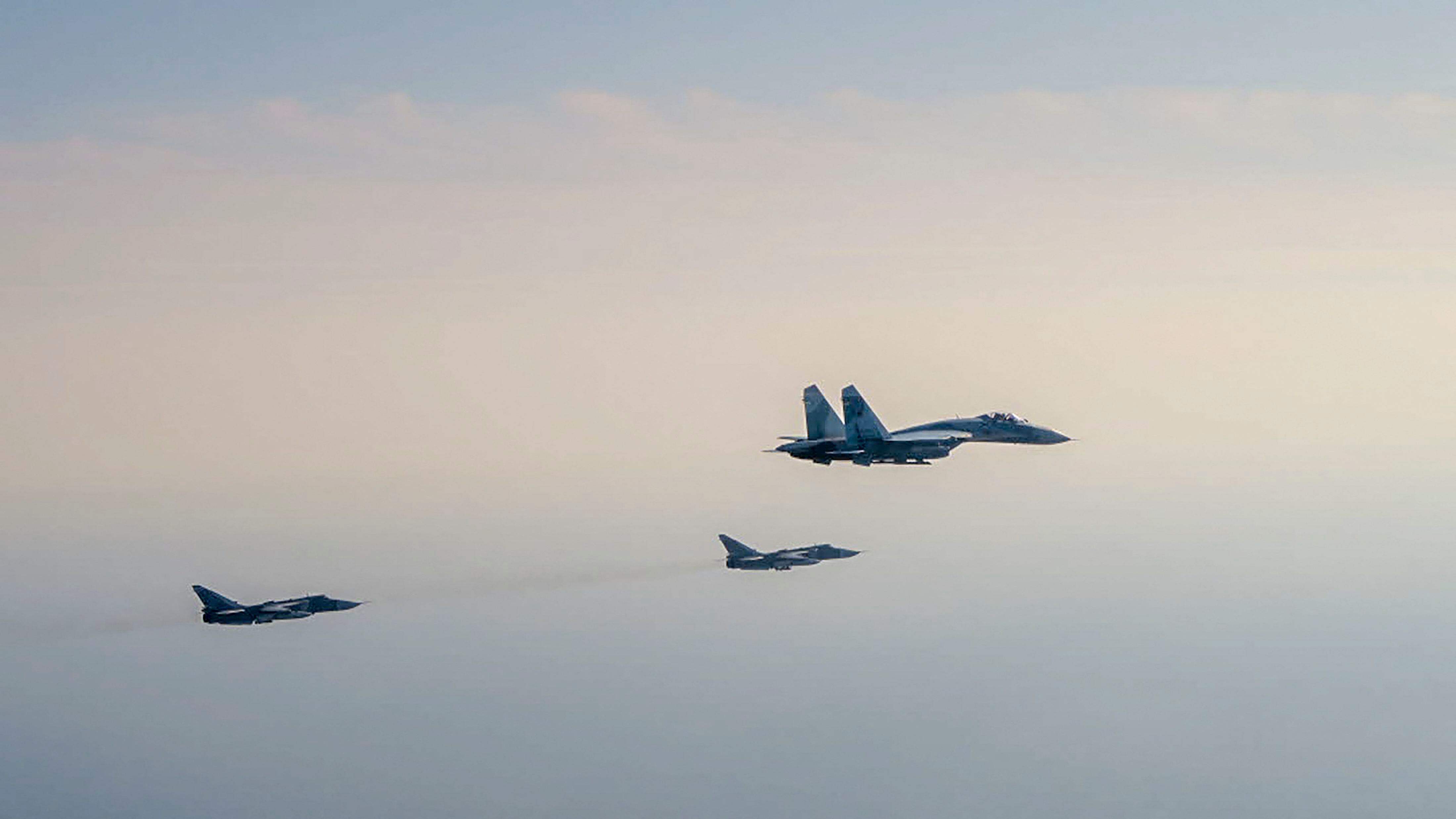

HELSINKI — Finland and Sweden have chosen to pursue separate tracks and speeds to advance their interests in joining NATO.
Finland had indicated it would prefer a solution that would see the two Nordic unaligned states “jump together” into NATO.
However, Sweden has decided to examine a range of security-related options, including deepening Nordic defense cooperation and urging the European Union to develop enhanced defense policies to offer greater military protection to EU member states that border the highly sensitive Baltic Sea and High North regions.
Unlike Sweden, the Finnish government has set the wheels in motion to fast-track its application to join NATO against the backdrop of heightened security tensions in the region elevated by Russia’s invasion of Ukraine.
Prime Minister Sanna Marin told opposition party leaders, the majority of whom back the government on this issue, that she expects a decision on NATO membership soon.
“Russia’s invasion of Ukraine has caused Finland to review our security strategy,” Marin said at a joint press conference in Stockholm on April 13 hosted by Swedish Prime Minister Magdalena Andersson. “I won’t offer any kind of timetable as to when we will make our decision, but I think it will happen quite fast. Within weeks, not within months. The security landscape has completely changed.”
Noting enhanced defense cooperation with Finland, Andersson said Sweden and Finland can be expected to decide whether to apply for NATO membership independently and on different timetables.
The Swedish government is expected to deliver its National Security Report to the Riksdag, the country’s legislature, before May 31.
“What we need to do is to carefully think through what is in the best long-term interests of Sweden, and what we need to do to guarantee our national security, our sovereignty and secure peace in this new heightened tension and situation,” said Andersson.
Finland is expected to reach a decision on joining NATO before the Alliance’s two-day summit meeting slated to commence in Madrid on June 29.
The existing partner status of Sweden and Finland, within their cooperation framework with the alliance, means that neither country is covered under NATO’s Article 5, which considers a hostile attack against one member state to be an attack against all.
The Sarin government presented its updated Defense and Security Risk report to the Eduskuna, Finland’s legislature, on April 13. The report, which set out the pros and cons of joining NATO, serves as the opening salvo in a new national debate to join NATO.
The report outlined the “fundamental changes” Finland would be required to make to its foreign and security policies in order to join the military alliance. It identified the main benefits of joining NATO to include security guarantees embedded in the mutual-defense pledge as well as increased security cooperation through the alliance.
The risks and disadvantages listed by the report included the potential for a hugely negative reaction by Russia if Finland decides to join NATO.
“If Finland and Sweden become Nato members, the threshold for using military force in the Baltic Sea region would rise, which would enhance the stability of the region in the long term,” the report stated.
Finland’s trepidation over a hostile response from the Kremlin was confirmed on April 14 when Dmitry Medvedev, deputy chair of Russia’s security council, signaled that Russia would abandon its nuclear-free-zone policy for the Baltic Sea.
“Russia would need to bolster its defenses in the Baltic Sea region. This would include the deployment of nuclear weapons, if Finland and Sweden were to join NATO. In this situation, there could be no more talk of any nuclear–free status for the Baltics – the balance must be restored,” said Medvedev.
In a poll run by the Finnish Business Policy and Forum (FBPF), released on April 12, some 84% of Finns considered Russia to pose a “significant military threat” to Finland and a constant threat to Europe and Baltic Sea and the High North regions.
A March poll conducted by the FBPF found that a record 60% of Finns favored joining NATO, compared to 26% in October 2021.
Finland and Sweden joined NATO’s Partnership for Peace (PfP) program in 1994 and the Euro-Atlantic Partnership Council in 1997. The militarily unaligned Nordic states are designated “most active partners” by NATO.
Sweden has contributed to the NATO-led Resolute Support Mission in Afghanistan, the Kosovo Force (KFOR) in Kosovo, and NATO Mission Iraq. For its part, Finland has contributed to NATO-led operations and missions in the Balkans, Afghanistan and Iraq.
Sweden and Finland are among six countries, known as Enhanced Opportunity Partners under the Partnership Interoperability Initiative, that contribute to NATO operations and other alliance projects.
Gerard O’Dwyer reports on Scandinavian affairs for Defense News.


Be the first to comment